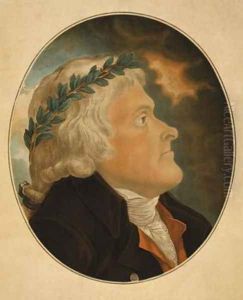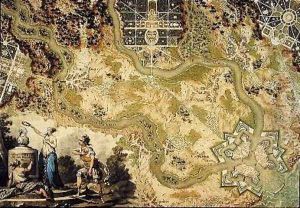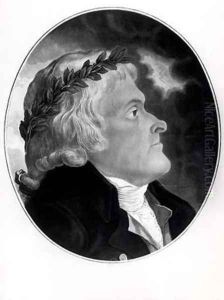Tadeusz Kosciuszko Paintings
Tadeusz Kościuszko, born on February 4, 1746, in Mereczowszczyzna, in what is now Belarus, was a Polish-Lithuanian military engineer and a national hero in Poland, Lithuania, Belarus, and the United States. His life spanned several of the most pivotal moments in the history of Eastern Europe and North America, making him a significant figure in the fight for liberty and national sovereignty in the late 18th and early 19th centuries.
Kościuszko was educated at the Corps of Cadets in Warsaw and later at the Royal Military Academy in Paris. His education equipped him with valuable military engineering skills, which he first put to use in the American Revolutionary War. Offering his services to the American cause in 1776, he became a colonel in the Continental Army and was instrumental in planning the fortifications at West Point, New York. For his contributions, he gained the friendship of Thomas Jefferson and earned the respect of his American counterparts.
Following his time in America, Kościuszko returned to Poland and became deeply involved in the fight for Polish independence. He played a critical role in the Polish-Russian War of 1792, and in 1794, he led the Kościuszko Uprising, a national insurrection against foreign dominance and political reform. Despite initial successes, the uprising was ultimately crushed by Russian forces, leading to Kościuszko's capture and the subsequent partitioning of Poland, which erased it from the map of Europe for over a century.
After being imprisoned in Russia, Kościuszko was eventually released in 1796 and spent the remainder of his life in political exile, living in France, Switzerland, and the United States. Despite his absence from his homeland, his legacy as a champion of liberty and national self-determination continued to inspire generations in Poland and elsewhere.
Kościuszko passed away on October 15, 1817, in Solothurn, Switzerland. His death marked the end of an era, but his life and work left an indelible mark on the history of the fight for freedom and independence. He is commemorated in numerous ways, including monuments, place names, and annual celebrations, in both his native land and abroad, particularly in the United States, where several counties and towns bear his name.


